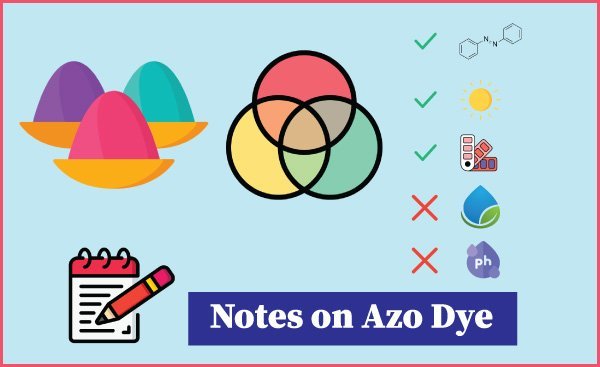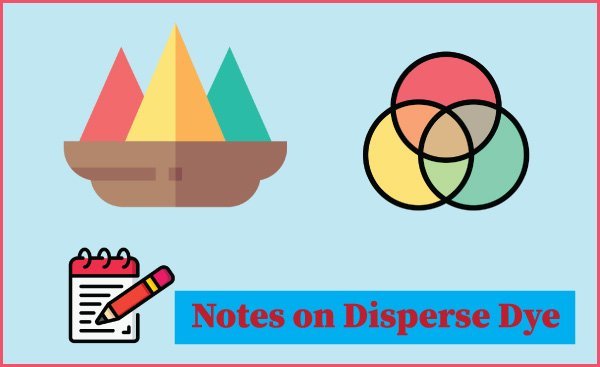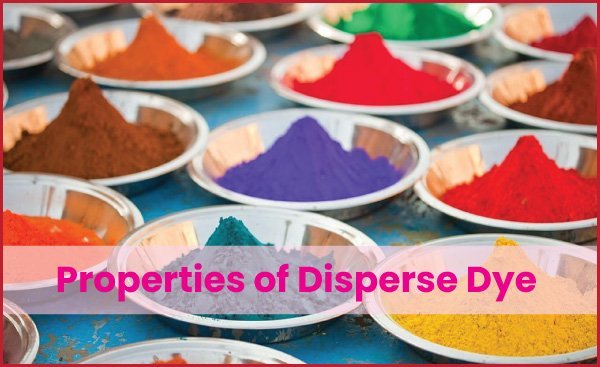Selection of Dyes With the enormous host of dyes available to today’s textile industry, the choices are significant. Aside from each coloring agent’s ability to impregnate fibres and fabrics with different color intensities, each has specific functional characteristics that may make it more suitable for one project than for another. One of the most important […]
Properties and Classification of Acid Dye
Acid dye is a dye used to color protein based fibres like wool, silk etc. in acidic medium. This dye is also used to color synthetic fibre like nylon but not used to color cellulosic fibre like cotton or linen. This dye is so called because it requires an acidic medium to fix the color […]
Direct Dye: An Overview [A to Z]
Definition of Direct Dye An anionic dye which have substantivity for cellulosic fibres, normally applied from an aqueous dye bath containing an electrolyte is known as Direct dye. Chemical Structure of Direct Dye Significance or Properties of Direct Dye Classification of Direct Dye Based on migration test and salt control ability these dyes are classified as follows: […]
Classification of Textile Dyes
Dye is a complex compound which is applied in the textile materials represent color and contains chromophore and auxochrome groups in its chemical structure. Dyes or dyestuffs are classified according to their chemical structure would form at least 30 classes. The important types are discussed below: Acid Dyes This is a large class characterized by their […]
Hydrolysis of Reactive Dye
Definition of Hydrolysis Hydrolysis is a chemical process in which a molecule is cleaved into two parts by the addition of a molecule of water. One fragment of the parent molecule gains a hydrogen ion (H+) from the additional water molecule. The other group collects the remaining hydroxyl group (OH−). Hydrolysis of Reactive Dye During […]
An Overview of Sulphur Dye [A to Z]
Among the various fashion articles, denim is the fashion icon. For ages, denim has held its waist. Denim fabrics are made of different colors and different styles. Blue, black, or any other color is basically made with sulphur. In this article, we will discuss the critical points of sulphur dye. Significance/Properties of Sulphur Dyes Note: […]
An Overview of Azo Dyes
Introduction The dyes containing azo groups – N = N – are called Azoic Dye. These are not ready made dyes but are produced by reaction of two components – Diazocomponent or Base/Salt and coupling component (Napthol). Azoic dye also named as Napthol, Branthol, Magic and Ice color. Dye formation in fiber occurs on the basis of […]
Notes on Disperse Dye
The textile industries dye polyester yarn or fabric use disperse dye for its versatile color. The dyes are hydrophobic, so the dispersing agent is required to spread the dye onto the yarn or fabric surface. Here high temperature and pressure are also required to fix the dye particles into the fibre molecules. The dyes hold […]
Definition of Disperse Dye | Properties of Disperse Dye
Definition of Disperse Dye The term ‘Disperse dye’ is an organic coloring substance which is free from ionizing group are of low water solubility and are suitable for dyeing hydrophobic textile materials from colloid dispersion. It has low molecular weight and derivatives of Azo, Anthra – quinine, Di phynile amine and other component. Properties of […]
Notes on Reactive Dye
Reactive dyes are special coloring agents that textile industries use for dyeing fibre, yarn, fabrics, and garments. These dyes are popular in the textile industry because they make colors that fix well and don’t fade quickly. Unlike other dyes that fix on the fabric’s surface, reactive dyes combine with the fabric’s molecules through a chemical […]


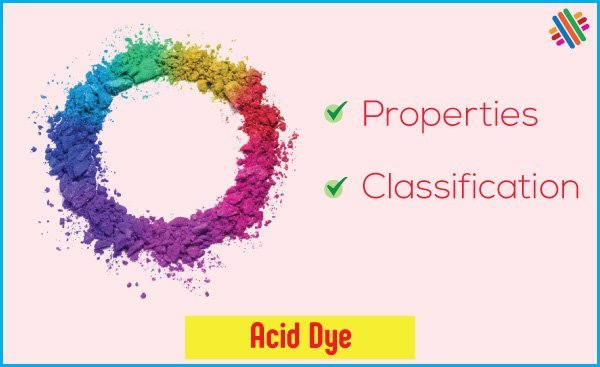
![Direct Dye: An Overview [A to Z]](https://textileapex.com/wp-content/uploads/2023/10/direct-dye-1.jpg)
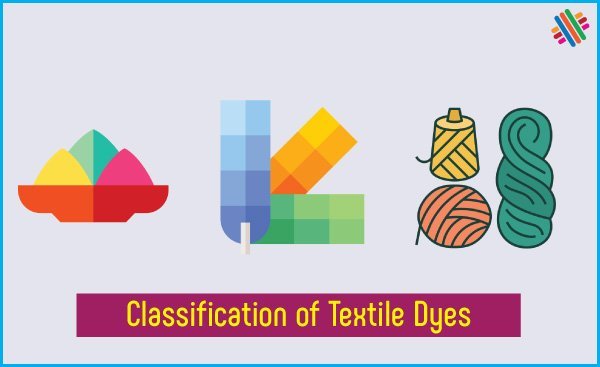

![An Overview of Sulphur Dye [A to Z]](https://textileapex.com/wp-content/uploads/2023/08/sulphur-dye.jpg)
